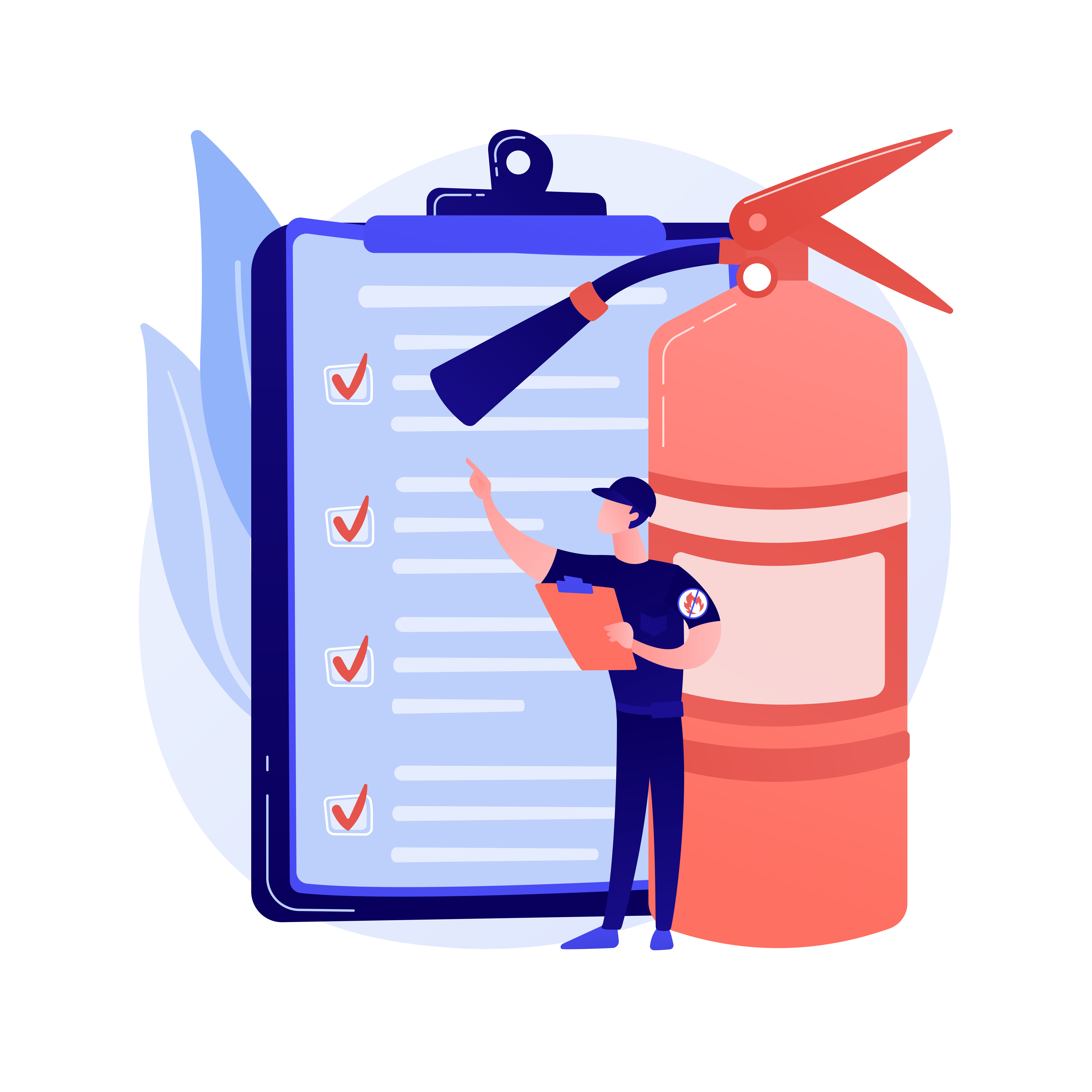Paul Villotti is vice president of FP&C Consultants, which provides fire and life safety evaluations, fire protections design, and code consulting services to support construction, renovation, and operation of venues around the world. He has been involved in more than 600 projects and has developed an intimate knowledge of the fire code. We recently spoke with him about the three formal ways venue professionals can comply with the code, and he happily provided the following information.
Prescriptive Compliance
There are three formal ways that you can comply with the code. The first one, which is the most common, is the prescriptive compliance. Now, here’s a rule—you can only have 14 seats between aisles. I have 14. I comply. And that’s the normal way. Again, there are thousands of code requirements. The prescriptive compliance is the easiest way to get a permit because then the plan reviewer says, “Yes, I looked at the prescriptive requirements and you meet those.” So that’s the first way. And some of the difficulties with prescriptive requirements are many times it’s not what we want to do. I want to do something different. The other problem with the prescriptive requirement is that they’re written in a broad fashion to apply to as many conditions as is practical but they can’t be applied to all conditions. It’s just impossible, right? A rule that applies to every condition.
The other thing is that sometimes they’re not written very well, and it’s not really clear what the prescription is actually trying to accomplish. So what happens is that if you understand the concepts and the goals behind the building code, it makes it easier to wade through those conditions where maybe I don’t comply or the interpretation is difficult to determine. If I knew what the goal was, then it would be easier to say, “Oh, well, that’s the goal, so clearly it should be read this way and not that way.”
Alternative Means and Materials Request
The second way to achieve compliance—it’s fairly common, certainly on large projects and complicated projects and operations—is called an alternative means and materials request. And so, what it does is the code specifically says that you’re allowed to comply with these prescriptive requirements in an alternate fashion. And it says you can design it in a different way. You can arrange it in a different way. You can use it in a different way, and you can use different materials than what are prescribed in the code.
The challenge is that the venue manager has to demonstrate that it is equivalent and it has to be equally safe, equally durable, equally reliable, equally sanitary, and there’s a list of things that it has to be equivalent to. Usually, a venue manager is hiring some expert—a designer or someone to assist them with that. But that’s the second method. And on almost all large—certainly on all the new venues that are being designed and operated—there are very commonly used alternate means of materials or equivalency. Some people call them variances. Now, you might have anywhere from two to 30 of those approaches used on a new design project, but you can still use those on an operational standpoint. So if you’re talking about seating arrangements or fire protection or arrangements of the show itself including pyrotechnics, those all have prescriptive requirements that regulate those. However, again, you can use this alternate method. So, generally you’ve got to have an expert to help you with that. But that’s a common way that you can comply with the code. So even though—I’ll go back to my 14 seats between aisles—I can do more if I do a timed-exit study or if I do some other things, and that’s pretty common. And that has to be equivalent.
Code Modification
Then there’s the third method, which really is helpful especially with managers that have an existing facility. It’s called a “code modification.” That is kind of like an equivalency but not the same. What it says is, “You don’t have to follow the code if there are practical reasons why you can’t.” And instead of saying, “It’s equivalent to the code prescription,” all it says is, “It’s not unsafe,” so that the level of safety or the target is different. It just says that good enough is okay. It doesn’t have to be equal.
An example we use a lot is, let’s say I have an aisle and the minimum aisle width is four feet and I’ve got an existing facility and it was designed and it has 42-inch wide aisles. OK, so it’s 10 inches narrower than is prescribed. I’d have to tear out one seat in every row, extend the steps, and do all these kinds of things. The reality is I can say, “I’ll use the existing facility, and I still have adequate capacity and people can still circulate, so it’s good enough.” I can just leave it alone.
One of the points of the Academy for Venue Safety & Security class is to make sure that all venue managers understand that just because an inspector comes in and says, “Hey, this code section says you have to do this,” the answer is, “That’s not true. That’s only one of three ways that you can comply with the code.” Now, the inspector isn’t going to suggest to you that you can go any other two ways. I’m just hoping that venue managers can have at least that understanding and say, “OK, the prescriptive is the easiest,” that’s the easy path so to speak. But if it’s important enough to the success of my operations, if it’s important enough to the experience of my fans and my patrons, then I have other options—that those other options, they’re not bad. You’re not evil if you don’t do a prescriptive compliance. You’re in equal conformance if you do one of these other two paths. FM




